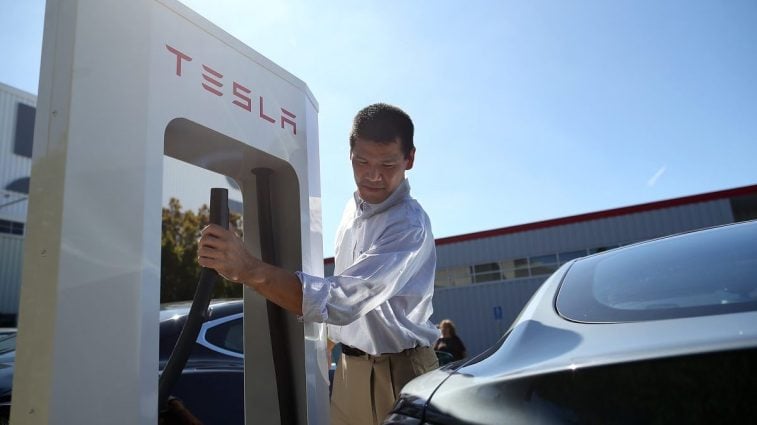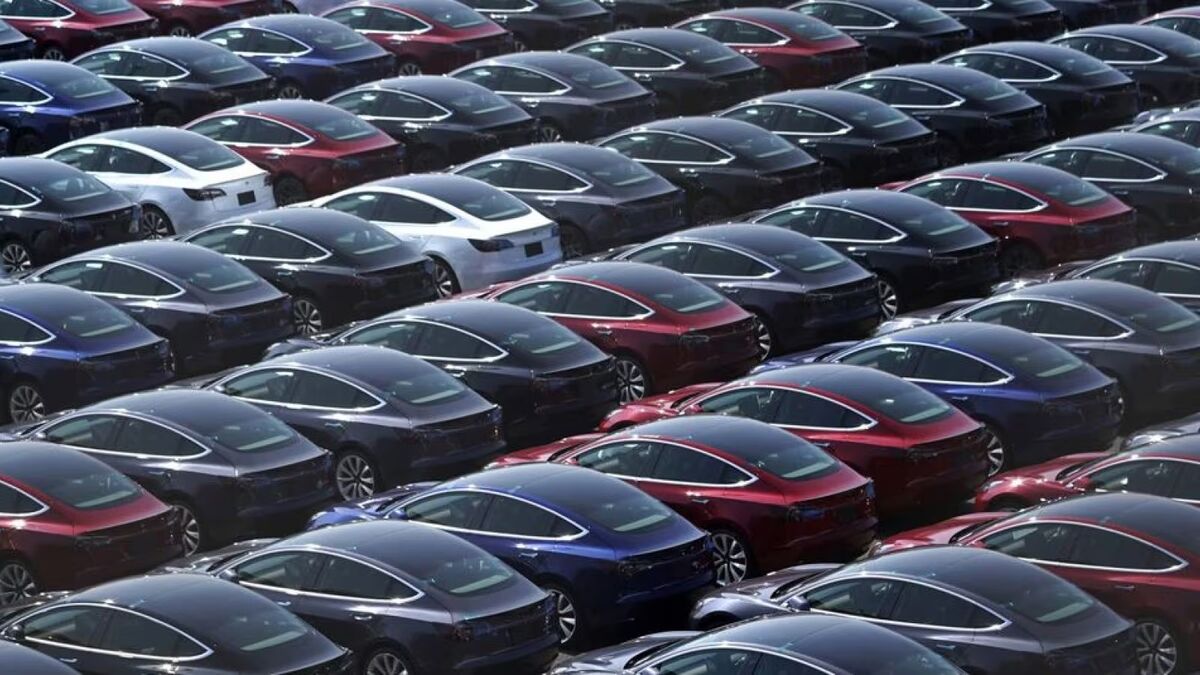SAE International (the Society of Automotive Engineers) announced Tuesday that it will “standardize the Tesla-developed North American Charging Standard (NACS) connector.” According to the SAE, “The standardization process is the next step to establish a consensus-based approach for maintaining NACS and validating its ability to meet performance and interoperability criteria.”
This announcement comes on the heels of a spate of EV makers committing to NACS compatibility. Ford, General Motors, Rivian, and, most recently, Volvo all plan to incorporate NACS connectivity into their EVs.
Tesla Is the Charging Giant
Tesla’s charging network dwarfs all other public charging options in the United States, with roughly 17,000 of its Superchargers operating. Tesla announced in February that it would open at least 3,500 Superchargers along highways to rival brands and 4,000 destination chargers (a slower version) at hotels, restaurants, and other similar locations. One of the largest competitive networks, Electrify America, has around 800 sites with just over 3,500 chargers.
While this move toward NACS may look like a surrender from the point of view of Tesla fans, it’s a giant step toward EV acceptance and adoption. Elon Musk, Tesla’s CEO, is a mercurial figure at best. Formalizing his company’s charging solution through SAE lends stability to the platform, assuring other EV makers their investment in the plug and charging protocol is less likely to be swept aside, as has sometimes happened with connectors in the computer industry. Remember the wide iPod plug that got replaced with the Lightning connector, Apple fans?
Charging Is Just the Beginning
Why would Musk open his charging network to his competitors? As Deep Throat said, “Follow the money.” Musk’s income from charging for rival brands will provide positive cash flow for Tesla. Though there’s no mention in the SAE announcement, the NACS standard will likely be part of a licensing agreement – so Tesla will make money on every new EV his competitors build. And don’t be surprised if Tesla batteries and other technologies wind up migrating into other makers’ vehicles eventually, as savvy managers realize it’s probably cheaper to buy existing technology than to develop their own.








